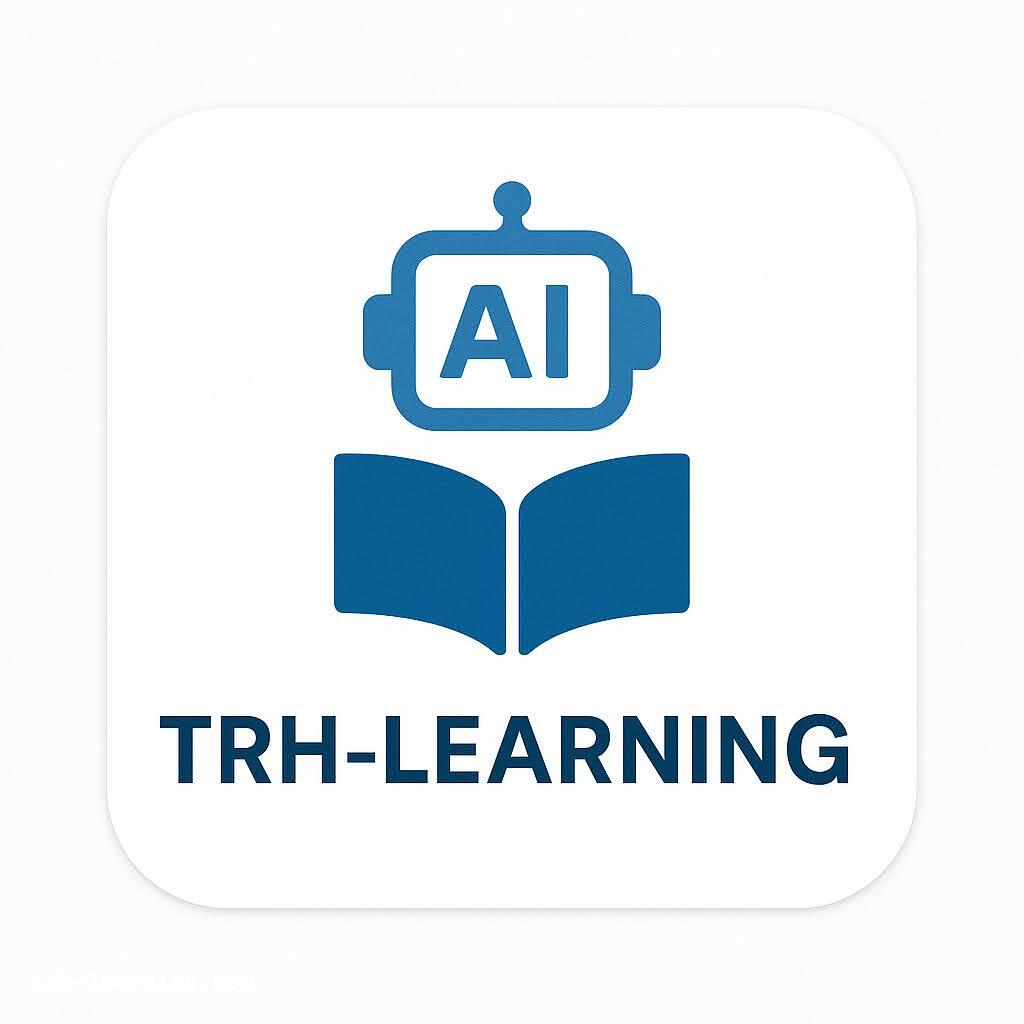"GCSE Chemistry Focus: Demystifying Chemical Bonding with Augmented Reality Applications"
Demystifying Chemical Bonding with Augmented Reality Applications
Understanding Chemical Bonding
Chemical bonding is a fundamental concept in GCSE Chemistry, involving the interaction between atoms to form molecules. Understanding these interactions is crucial for students to grasp more complex chemical reactions and properties.
Types of Chemical Bonds
- Ionic Bonds: Formed when electrons are transferred from one atom to another, resulting in oppositely charged ions.
- Covalent Bonds: Occur when atoms share pairs of electrons, creating a stable balance of attractive and repulsive forces.
- Metallic Bonds: Involve the sharing of free electrons among a lattice of metal atoms.
Augmented Reality in Chemistry Education
Augmented Reality (AR) applications are revolutionizing the way students learn about chemical bonding by providing interactive and immersive experiences.

Benefits of Using AR
- Visualizing Complex Structures: AR allows students to see 3D models of molecules, making it easier to understand spatial arrangements.
- Interactive Learning: Students can manipulate molecular models, enhancing engagement and retention.
- Real-Time Feedback: AR applications can provide instant feedback, helping students correct misconceptions quickly.
Implementing AR in the Classroom
Teachers can integrate AR applications into their lessons to provide a hands-on learning experience. Some popular AR tools for chemistry education include:
- Chemistry AR App - Offers interactive models of chemical structures.
- MoleculAR - Provides a platform for exploring molecular geometry and bonding.
“Augmented Reality is not just a tool for visualization; it is a bridge to deeper understanding.”
By incorporating AR into the curriculum, educators can demystify complex topics like chemical bonding, making chemistry more accessible and engaging for GCSE students.
Browse Categories 📚
Ready to boost your learning? Explore our comprehensive resources above, or visit TRH Learning to start your personalized study journey today!